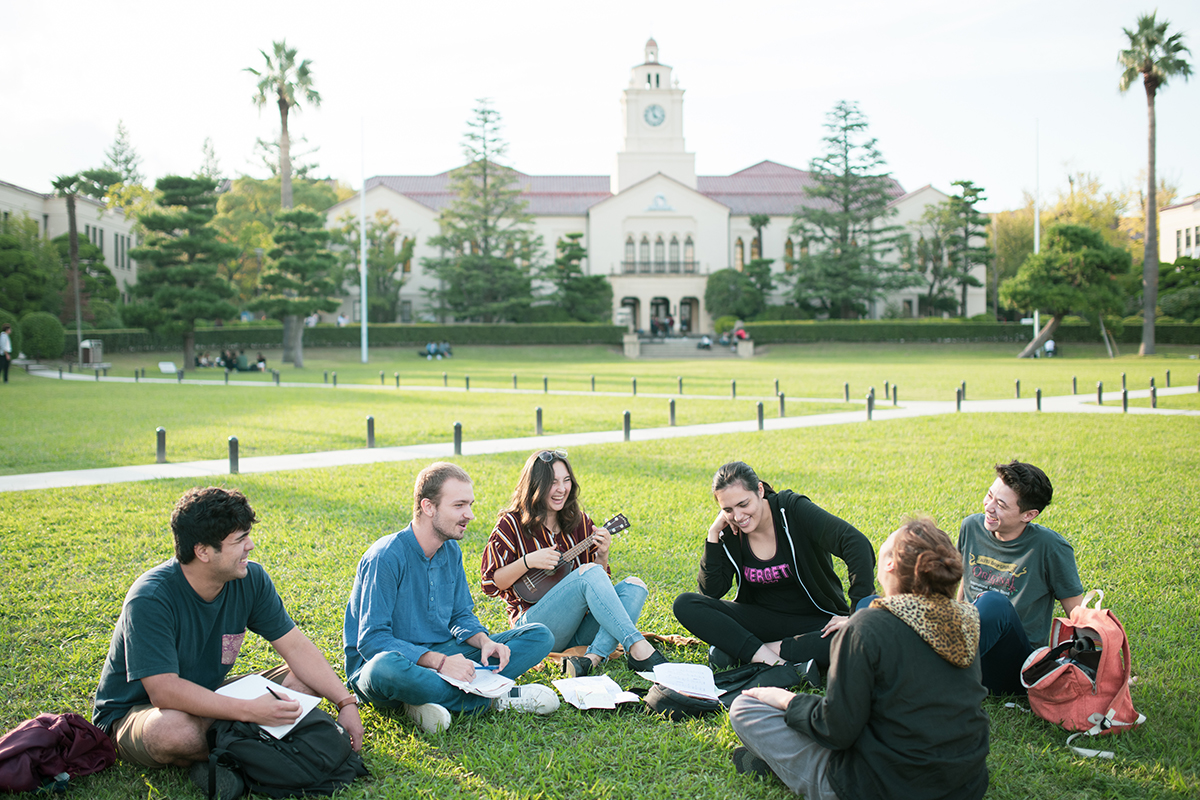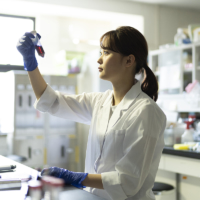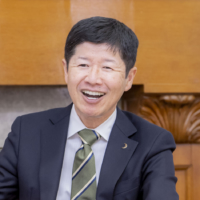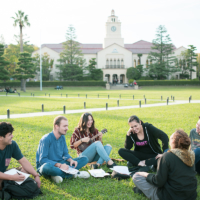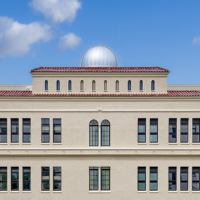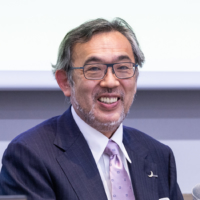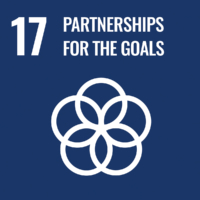Kwansei Gakuin University, based in Nishinomiya, Hyogo Prefecture, will celebrate its 150th anniversary in 2039. Ahead of this milestone, the university has developed a concept for its long-term future. Called Kwansei Grand Challenge 2039 (KGC2039), its ultimate purpose is to cultivate students who will be “world citizens embodying the spirit of the school’s ‘Mastery for Service’ motto,” said Kwansei Gakuin University President Yasutoshi Mori.
The university has also laid out a long-term strategy aimed at achieving outcomes from learning, securing quality students and providing an education that will result in graduates securing first-rate employment. As part of the process, it seeks to provide a holistic education that will re-emphasize its internationalist identity, as well as bring a new emphasis on the hard sciences and technology while retaining its strengths in liberal arts.
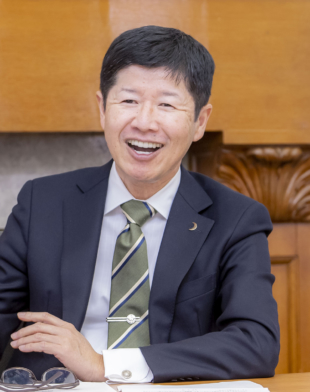
“Kwansei Gakuin University has been international from the very outset,” said Mori, who assumed the top post in April. “We were founded as a mission school, with strong connections to North America. In fact, at the time of our founding (1889), there were no textbooks available in Japanese, so students had to use textbooks written in English. ”While internationalization is an important theme within KGC2039, as has been the case for so many institutions, the COVID-19 pandemic put a damper on the university’s international exchange programs. “None of our students — and for that matter, none of our faculty — was able to travel abroad, and likewise none of our partner institutions could send students to us,” Mori explained. Like other universities, KGU found itself going online. “Being able to actually travel somewhere is of course best, but working with our partners overseas we were at least able to provide opportunities for virtual exchanges,” he said.
In October, KGU resumed receiving international students. This spring, the university saw off its own students, putting it back on track for the internationalization goals included in KGC2039. “While faculty can take the long view and hope to travel again before they retire, students are at KGU for only a few years, perhaps six at most. Now students will have this opportunity again,” Mori said.
Top Global University Project
KGU also plans to step up its internationalization efforts under KGC2039. That internationalization goal is one of the reasons why KGU was selected as one of the universities leading the globalization of Japanese society under the central government’s Top Global University Project. Under this project, the government provides prioritized support to those universities that are leading the internationalization of Japan’s education by launching new programs to encourage and deepen interactions and partnerships with the world’s top universities. KGU currently has arrangements with more than 290 universities and international institutions in 58 countries. With the government’s backing, Mori explained, KGU will devote more energy to bolstering and expanding those alliances.
“We hope to send as many of our students as possible to study abroad,” he said, adding that KGU sends more Japanese students abroad based on affiliations with foreign universities than any other school. Before the COVID-19 pandemic, KGU ranked first in fiscal 2018 and second in 2019 for number of students sent abroad, according to survey results announced by the Japan Student Services Organization.Some students also have experiences that go beyond traditional classwork. Since 2004, student volunteers have been traveling to various developing countries to participate in the United Nations Volunteers program. KGU launched its own separate International Cooperation program in 2013 to send students to developing countries and give them firsthand experience with various activities underway on the ground.
KGU has also been welcoming to foreign students. Those with a particular interest in Japanese studies can elect to study in the Contemporary Japan Program, but students with the requisite language skills are welcome to enroll in other programs. Currently, the university has about 800 international students studying as regular degree-track students.
To address the difficulties that international students sometimes have in finding accommodations in Japan, KGU has an international education dormitory called Yukoryo, as well as four international residences. The university also has five other dormitories — three male-only and two female-only — open to both Japanese and international students. This arrangement, Mori said, offers opportunities for students to have another sort of learning experience.
“Instead of only being together in a lecture or seminar listening to and discussing some particular topic, they are all living together. They are having dinner together, celebrating different seasonal events together, and so forth. Our hope is to give them the chance to experience daily life together. While it’s not classroom learning per se, we think this is also important,” he said.
New schools, new facilities
As symbolized by the recent reorganization of its School of Science and Technology into four separate schools with more clearly defined areas of focus, the university has been working under KGC2039 to restructure and expand course offerings in the hard sciences as well.
“At most private universities in Japan like Kwansei Gakuin University, there is the view that such institutions are focused primarily on the humanities and social sciences,” Mori said. “Conversely, national universities have been seen as having strengths in the hard sciences and technology.
However, we believe that there are certain things that we can do because we are a private institution. We believe that we can provide a good education in the sciences as well.”
“Broadly speaking, if we look at universities in, say, the United States, we see a greater acceptance of an undergraduate education that combines both the arts and the sciences. In Japan, however, it is still more strictly divided. A student chooses either the liberal arts or the sciences,” he said. That sort of thinking, he points out, is still ingrained among more senior professors. However, looking ahead, Japan will need to find new ways to innovate, he said. The holistic approach that Kwansei Gakuin University takes offers a way to combine the best of both worlds.
Other challenges
Whether liberal arts or science and technology, universities are faced with the need to protect their research results. “Universities, like companies, have extensive information networks and so of course they also need to worry about cyberattacks,” Mori pointed out. Especially with the emphasis on “digital transformation” in KGC2039, the university’s network needs to be protected.
Furthermore, researchers are not the only ones who need protection. “Our students, of course, have very sensitive data of their own, so we have to operate secure systems that are problem-free,” Mori added.
Especially amid growing concerns about economic security, Mori explained, universities will have to find a way to strike a balance between the openness needed for the spirit of free inquiry and the demands of guarding information and potentially sensitive technological innovations. The government has only relatively recently begun to wrestle with the issue of economic security, having added a Cabinet-level position in 2021 and having passed the Economic Security Promotion Act in 2022.
However, Mori observed, there may be specific measures that universities will have to take. Achieving a suitable balance will require careful work.
“It is meaningless for a university to be a ‘closed’ environment,” Mori said. “We still want to accept students from other countries, for example. We will need to somehow find a way to remain ‘open’ while still protecting information.”
Science and technology in focus moving forward
Kwansei Gakuin University was founded in 1889 by American Methodist missionary Walter R. Lambuth. Now a private, nondenominational Christian institution, the university strives to inspire its students to seek their life missions, and cultivates their creativity and ability to be global citizens who embody the school’s motto, “Mastery for Service,” by transforming society with compassion and integrity.
Together with its affiliated K-12 schools, KGU forms part of a comprehensive educational institution that provides training encompassing not only the liberal arts, but also the natural sciences, engineering and architecture. The university offers bachelor’s, master’s and doctoral degrees to about 25,000 students in over 80 different disciplines across 14 undergraduate and 14 graduate schools.
Yasutoshi Mori, president of the university, notes that under the Kwansei Grand Challenge 2039 (KGC2039) plan initiated in 2018, the university is particularly hoping to nurture more students who want to focus on science and technology. With the Japanese government providing incentives for universities to increase enrollment in such programs, KGU has begun taking concrete steps to support that drive.
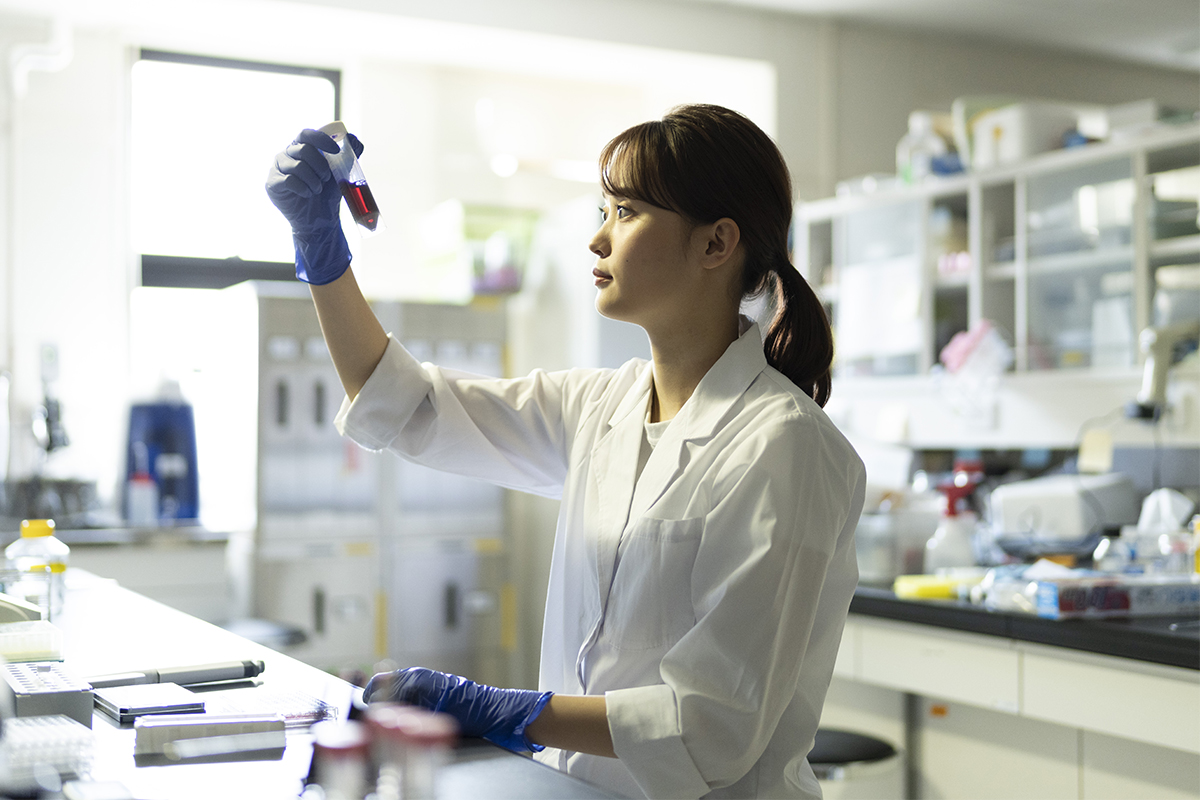
In April 2021, the School of Science and Technology — based at KGU’s Kobe-Sanda Campus — was reorganized into four separate schools: science, engineering, biological and environmental sciences, and architecture. The goal, Mori said, is to more clearly define studies under those fields. KGU, he added, is also giving consideration to opening another KGU campus near the central Kobe area that would focus on project-based learning. Students here would have the opportunity and be encouraged to pursue research in a cross-disciplinary fashion rather than focusing on one specific field.
KGU has also been working to expand its physical presence in conjunction with this new emphasis. In September 2022, the university opened a new building at the Kobe-Sanda Campus. Building VIII increases the number of classrooms on campus and will accommodate the expanded coursework offerings spurred by the April 2021 reorganization of KGU’s schools. Furthermore, the building has an observatory on the top floor for use not only by students in the Department of Physics and Astronomy, but also members of the Sanda community who wish to hold more informal stargazing events.
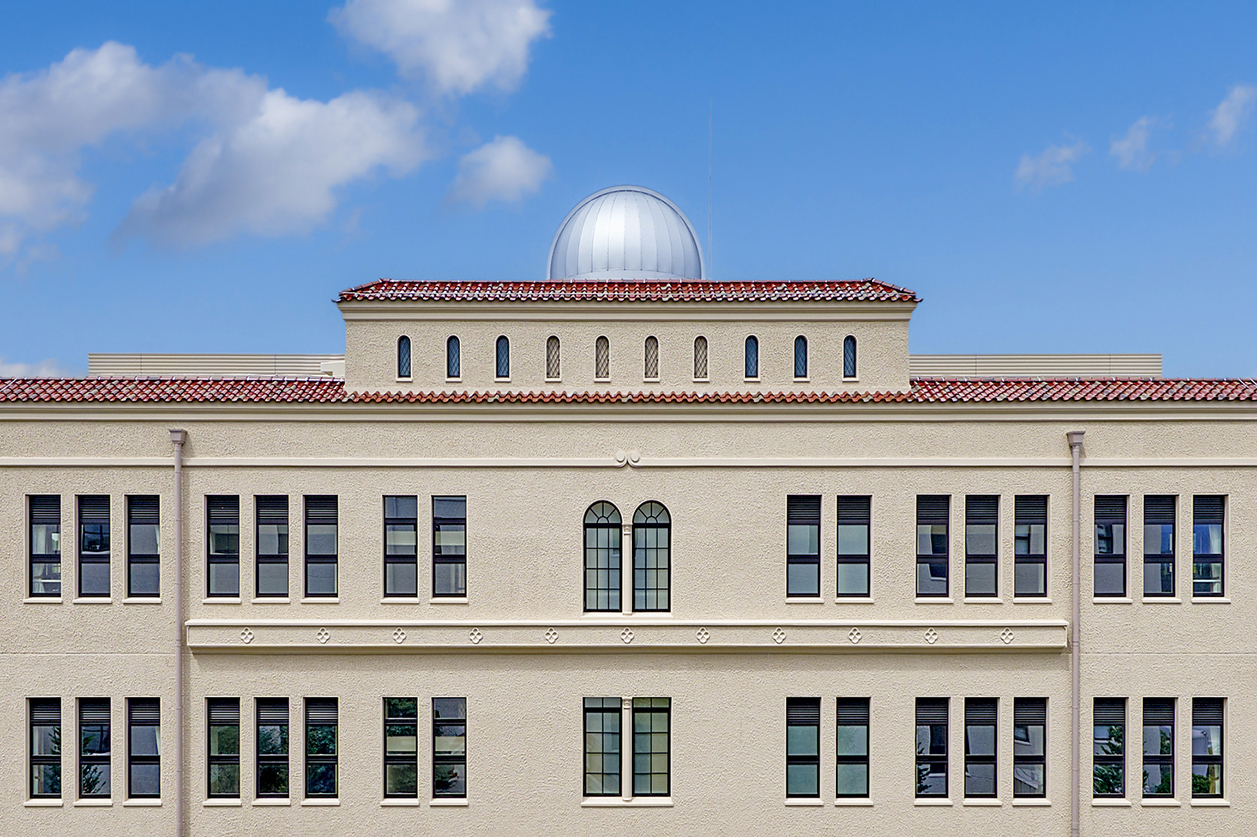
The university also plans to complete by 2025 a new Innovation Facility at the same campus. Paired with a new student dormitory, it would give KGU a base from which to nurture industry-academia-government collaborations, offer support to local companies and industries, and provide education offerings focused on information technology.
An example of industry-academia collaboration, and one of the goals set down in KGC2039 to have its scholars produce world-class research that is well-regarded in their fields, is the work being conducted by School of Engineering professor Tadaaki Kaneko. Kaneko developed a technology called Dynamic AGE-ing to produce silicon carbide (SiC) wafers for semiconductors to use electricity more efficiently and make cooling devices more compact. This makes them particularly well-suited for such applications as electric vehicles. The development led to the founding this past March of Qureda Research Inc., in collaboration with trading house Toyota Tsusho Corp., to exploit this technology.
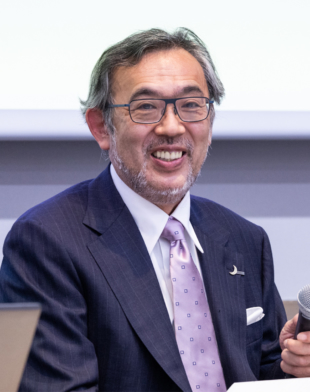
“We hope that this technology will find wider applications and acceptance in society at large through its use by other companies,” Mori said. “We hope to see more discoveries bear fruit through university-industry collaborations.”
The university and Toyota Tsusho utilize the SiC-related technology nurtured by KGU for the past 20 years and the extensive business connections the firm cultivated to advance technological development and its practice through open innovation, allowing a wide range of clients and manufacturers to participate in these activities.
Innovations such as this one, he added, can contribute to carbon neutrality, which will help KGU meet its own goals for sustainable development while also helping society more broadly.
Such university-industry collaboration aligns with goal 17 of the sustainable development goals adopted by the United Nations, namely to “strengthen the means of implementation and revitalize the global partnership for sustainable development” through collaborations in different fields, including science and technology.
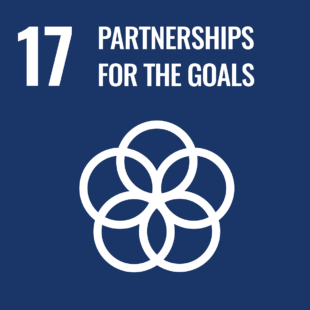
The fossil fuels, coal and natural gas that support the modern lifestyle are finite resources, and in the 21st century humanity will need energy systems that are safe, clean and renewable. To that end, KGU is working to build a major research base at the Kobe-Sanda Campus to focus on sustainable energy as espoused by SDG No. 7.
Going forward, the four science schools and the humanities-oriented School of Policy Studies will combine their research findings as a campus and strive to make sustainable societies a reality.
This page is sponsored by Kwansei Gakuin University.
Kwansei Gakuin University

Address: 1-155 Uegahara Ichiban-cho, Nishinomiya, Hyogo 662-8501, Japan
Tel: +81-798-546017
E-mail: [email protected]
URL: https://global.kwansei.ac.jp/



